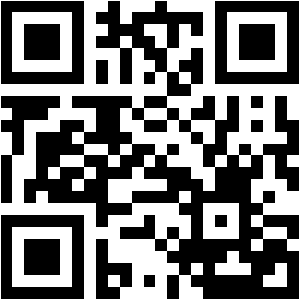BNNS6433: Urinary calculi may remain within the renal parenchyma or renal collecting system: Genitourinary & Endocrine Nursing Assignment, LUC, Malaysia
| University | Lincoln University College (LUC) |
| Subject | BNNS6433 Genitourinary & Endocrine Nursing Assignment |
Question 1
a. Urinary calculi may remain within the renal parenchyma or renal collecting system or be passed into the ureter and bladder. During passage, calculi may irritate the ureter and may become lodged, obstructing urine flow and causing hydroureter and sometimes hydronephrosis.
Common areas of lodgment includes ureteropelvic junction, distal ureter (at the level of the iliac vessels) and ureterovesical junction. Larger calculi are more likely to become lodged. Typically, a calculus must have a diameter > 5 mm to become lodged. Calculi ≤ 5 mm are more likely to pass spontaneously. Even partial obstruction causes decreased glomerular filtration, which may persist briefly after the calculus has passed.
With hydronephrosis and elevated glomerular pressure, renal blood flow declines, further worsening renal function. Generally, however, in the absence of infection, permanent renal dysfunction occurs only after about 28 days of complete obstruction. Secondary infection can occur with long-standing obstruction, but most patients with calcium-containing calculi do not have infected urine.
b. Flank pain occurs because kidney stones cause excruciating pain when they enter a ureter (the tube connecting the kidney to the bladder). The ureter contracts in response to the stone, leading to severe, crampy pain. This pain is often felt in the flank (side of the body) or lower back. It can also extend to the groin or, in men, to a testis. Hematuria occurs due to irritation or damage to the urinary tract caused by kidney stones. When a stone moves through the ureter, it can scrape and injure the lining, leading to bleeding.
c. Urinary calculi, commonly known as kidney stones, can be managed through a combination of medical approaches.
-
- Hydration:
Increasing water intake is crucial. Encourage patients to drink plenty of liquids to help move kidney stones along and reduce the risk of recurrence. - Dietary Modifications:
- Hydration:
- Sodium and Animal Protein Limitation: Advising patients to limit their intake of sodium and animal protein can help prevent the development of urinary calculi.
- Calcium Oxalate Stones Prevention: Administering potassium citrate can decrease the risk of developing calcium oxalate stones.
3. Medications:
- Calcium-Sparing Diuretics: Thiazides are often used to treat hypercalciuria (excessive calcium in the urine).
- Citrate Medications: These increase levels of the naturally occurring stone inhibitor, citrate.
- Allopurinol: Helpful for patients with hyperuricosuria (high uric acid levels).
- Urease Inhibitors: These can break the cycle of infectious calculi.
4. Metabolic Investigation:
- Serum studies and 24-hour urine collections are essential for evaluating metabolic factors in patients with recurrent calculi.
5. Lifestyle Recommendations:
- Fluid Intake: Encourage aggressive fluid intake.
- Moderated Intake: Limit salt, calcium, and meat consumption.
6.
- Assess Pain Regularly:
– Regularly assess the patient’s pain level, location, and characteristics.
– Understand the severity of pain to tailor interventions effectively.
- Administer Analgesics:– Administer prescribed analgesics, such as nonsteroidal anti-inflammatory drugs (NSAIDs) or opioids, to relieve pain and discomfort.
– Opioids may be necessary for severe pain.- Heat Application:
– Apply heat packs or provide a warm bath to promote muscle relaxation and alleviate pain.
– Heat can help ease discomfort and improve blood flow. - Positioning and Ambulation:
– Encourage and assist the patient to assume a position of comfort.
– Assist with ambulation to obtain some pain relief.
Stuck in Completing this Assignment and feeling stressed ? Take our Private Writing Services.
- Heat Application:
Get Help By Expert
Are you looking for Nursing Assignment Help in Malaysia? Look no further! Our online assignment helper service specializes in providing tailored assistance for BNNS6433 Genitourinary & Endocrine Nursing Assignment. Malaysian students can rely on our expertise to tackle their coursework with confidence. Let our professionals alleviate your academic burdens while you focus on mastering your nursing skills.
Recent Solved Questions
- Semantics of Malay Essay, UM, Malaysia Analisis Peribahasa Peribahasa merupakan bahasa kiasan yang kerap digunakan untuk menyampaikan mesej
- Strategic Planning Assignment: Business Strategy Report for Long-Term Organizational Success
- FIT3155: Advanced data structures and algorithms Assignment, MUM, Malaysia Write a program that implements a binary heap and binary search tree data structure to manage a list of job requests in a computer repair shop
- Project Management Assignment, CU, Malaysia You are required to implement the “Project Management Knowledge Areas” in designing a project of your choice
- LAW201: Company Law Assignment, HU, Malaysia The landmark company law case of Saloman v Saloman & Co Ltd held that Mr Saloman the founder of the company
- CIS2021-N: Web Apps and Services Assignment, TU, Malaysia You work as a software developer for the fictitious ThreeAmigos Corp and The company wishes to overtake its rival ManshaCo
- BED15203: Write a C program that prompts user to enter 2 sides of a rectangle and the radius of a circle: Fundamentals Of Programming Assignment, UniKL, Malaysia
- Java Programming Assignment, UniKL, Malaysia The application shall display all the GUI components as illustrated in the figure. Users need to enter details
- BBRC4103:Research Methodology Assignment OUM Malaysia ,The first stage of research is to identify problems or issues in business
- BMM 2543: Fluid Mechanics Assignment, UMP, Malaysia Write a report with references for the application of Fluid Mechanic’s fundamental principles on hydroelectric energy



